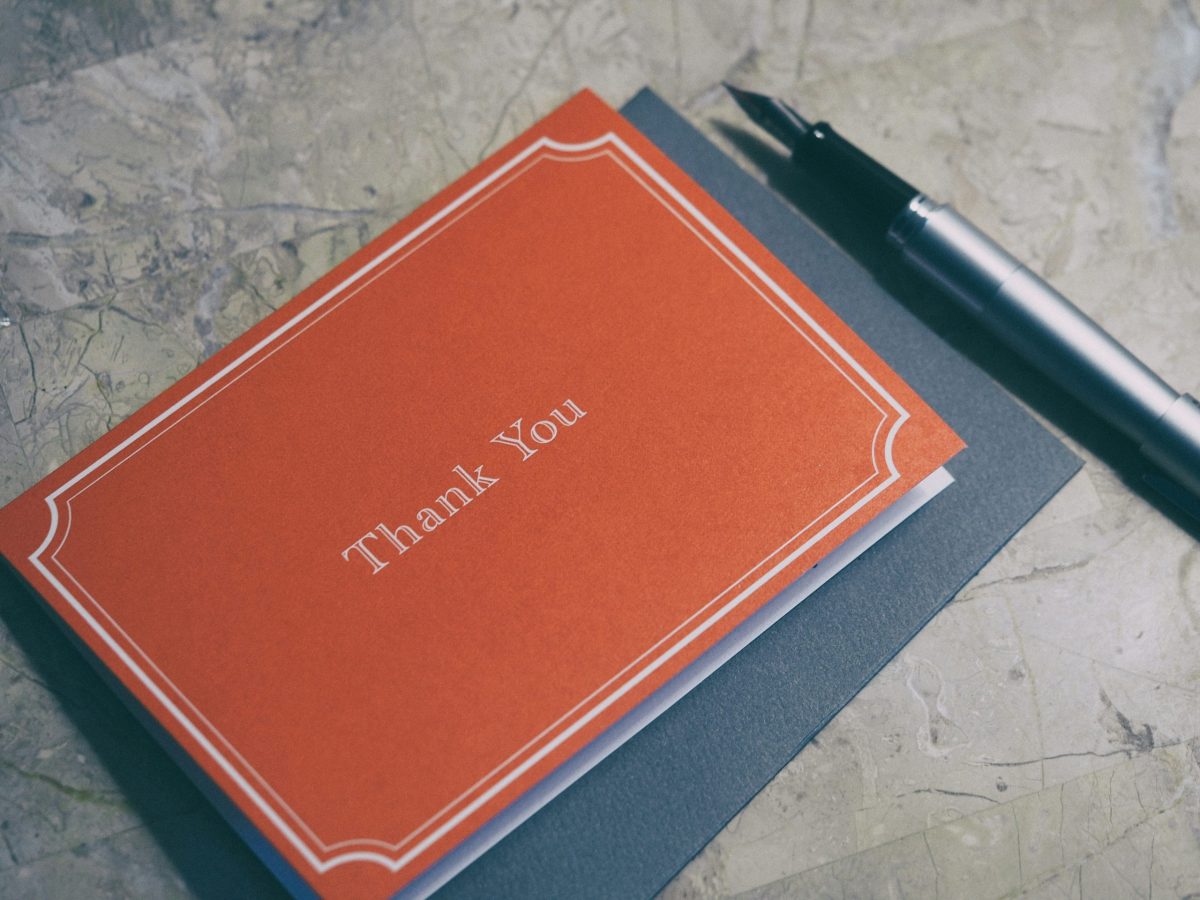
Gratitude is a universal language. Whether you’re trying to broaden your cultural horizon, traveling, or communicating with international colleagues, showing your gratitude in the other person’s language is a small yet effective way to be respectful and thankful. The list below outlines different ways to show your thanks in 45 languages from around the world.
Why Learning to Say “Thank You” Matters
Before the list below, let’s take a look at why mastering this phrase is so important. A simple “thank you” can:
- Develop connections and display respect
- Unlock more profound interactions
- Depict cultural awareness and sensitivity
Now, let’s take an in-depth look at how to say “thank you” in 45 different languages!
- Arabic: شكرًا (Shukran)
A common way to give thanks across the Arab world. - Chinese (Mandarin): 谢谢 (Xièxiè)
The go-to phrase for showing appreciation in Mandarin. - Spanish: Gracias
Popular in Spain, Latin America, and in the United States. - French: Merci
Perfect for showing your gratitude throughout France, Quebec, and much of Africa. - German: Danke
A simple and formal way to say thank you in Germany, Austria, and Switzerland. - Italian: Grazie
Used throughout Italy and by Italian speakers worldwide. - Japanese: ありがとう (Arigatou)
A warm expression of gratitude in Japanese, usually accompanied by polite gestures. - Russian: Спасибо (Spasibo)
The standard way to say thank you in Russia and Russian-speaking regions. - Portuguese: Obrigado (if you’re male) / Obrigada (if you’re female)
Used in Portugal, Brazil, and parts of Africa. - Korean: 감사합니다 (Gamsahamnida)
A very formal and respectful way of saying thank you in South Korea. - Hindi: धन्यवाद (Dhanyavaad)
A more formal way of saying thank you in the most spoken language of India. - Bengali: ধন্যবাদ (Dhonnobad)
Thank you, used in Bangladesh and parts of India. - Swahili: Asante
Used as a common tongue throughout East Africa, especially in Kenya and Tanzania. - Turkish: Teşekkür ederim
Used to show gratitude in Turkey. - Dutch: Dank u
A general phrase to say thank you in Holland and much of Belgium. - Greek: Ευχαριστώ (Efharisto)
A more formal way of saying thank you in Greece and Cyprus. - Thai: ขอบคุณ (Khop khun)
Commonly used throughout Thailand, often followed by a traditional gesture. - Polish: Dziękuję
The most common way to express gratitude in Poland. - Vietnamese: Cảm ơn
Common throughout Vietnam to show appreciation. - Hebrew: תודה (Todah)
Commonly used in Israel and Hebrew-speaking communities. - Indonesian: Terima kasih
A common way to express thanks throughout Indonesia. - Finnish: Kiitos
A simple, polite way to thank someone in Finland. - Swedish: Tack
Used throughout Sweden. - Danish: Tak
Short and sweet in Denmark. - Norwegian: Takk
Like in Denmark, it is used almost everywhere in Norway. - Hungarian: Köszönöm
This is how you show appreciation in Hungarian. - Czech: Děkuji
This is the more formal way to say thank you in the Czech Republic. - Romanian: Mulțumesc
This is how you say thanks in Romania. - Persian (Farsi): متشکرم (Moteshakeram)
The formal way to say thank you in Iran and other Persian-speaking regions. - Tagalog (Filipino): Salamat
The default word for thank you in the Philippines. - Malay: Terima kasih
Frequently used in Malaysia, just like Indonesian. - Ukrainian: Дякую (Dyakuyu)
The polite way of thanking a person in Ukraine. - Zulu: Ngiyabonga
Commonly used by the Zulu population in South Africa. - Hausa: Na gode
Used to show appreciation in Nigeria and parts of West Africa. - Amharic: አመሰግናለሁ (Ameseginalew)
How to say thank you formally in Ethiopia. - Serbian: Хвала (Hvala)
Used in Serbia and parts of the Balkans. - Croatian: Hvala
The same word as Serbian, reflecting the linguistic similarities. - Icelandic: Takk
A common way to say thank you in Iceland. - Māori: kia ora
Thanking phrase used by New Zealand’s Māori people. - Tongan: Malo
The standard way of saying thank you by people in Tonga. - Samoan: Fa’afetai
Widely used in Samoa and its diaspora communities. - Irish (Gaelic): Go raibh maith agat
How to thank someone traditionally in Ireland. - Welsh: Diolch
Commonly used throughout Wales. - Basque: Eskerrik asko
A thank you all its own in the Basque regions of Spain and France. - Esperanto: Dankon
The word for thank you in the universal language.
Tips for Using “Thank You” Around the World
While learning to say “thank you” is a great first step, it’s especially important to mind your manners when traveling abroad. Here are a few tips to consider:
Body Language
In many cultures, saying “thank you” is followed by certain gestures. For example, in Japan, there’s a slight bow, while in India, one might say thank you by placing hands together in a “Namaste” gesture.
Formality
Many languages, such as Spanish and Portuguese, offer different levels of formality depending on the situation. Always pay attention to whom you’re speaking with and adjust your language accordingly.
Tone
Tone is everything! Even if you mispronounce a word, a genuine-sounding tone can still show your appreciation.
Conclusion
Learning to say “thank you” in all these languages is not just about mastering a phrase; it’s about showing respect, and that is universal. Whether you’re traveling or at home, saying thank you helps you connect with others and is always appreciated.
So next time you find yourself in a different country, or talking to people of a different background, try one of these phrases—and watch how it opens doors to new friendships and understanding!




Join the Conversation
Let us know in the comments: What language would you like to learn next?